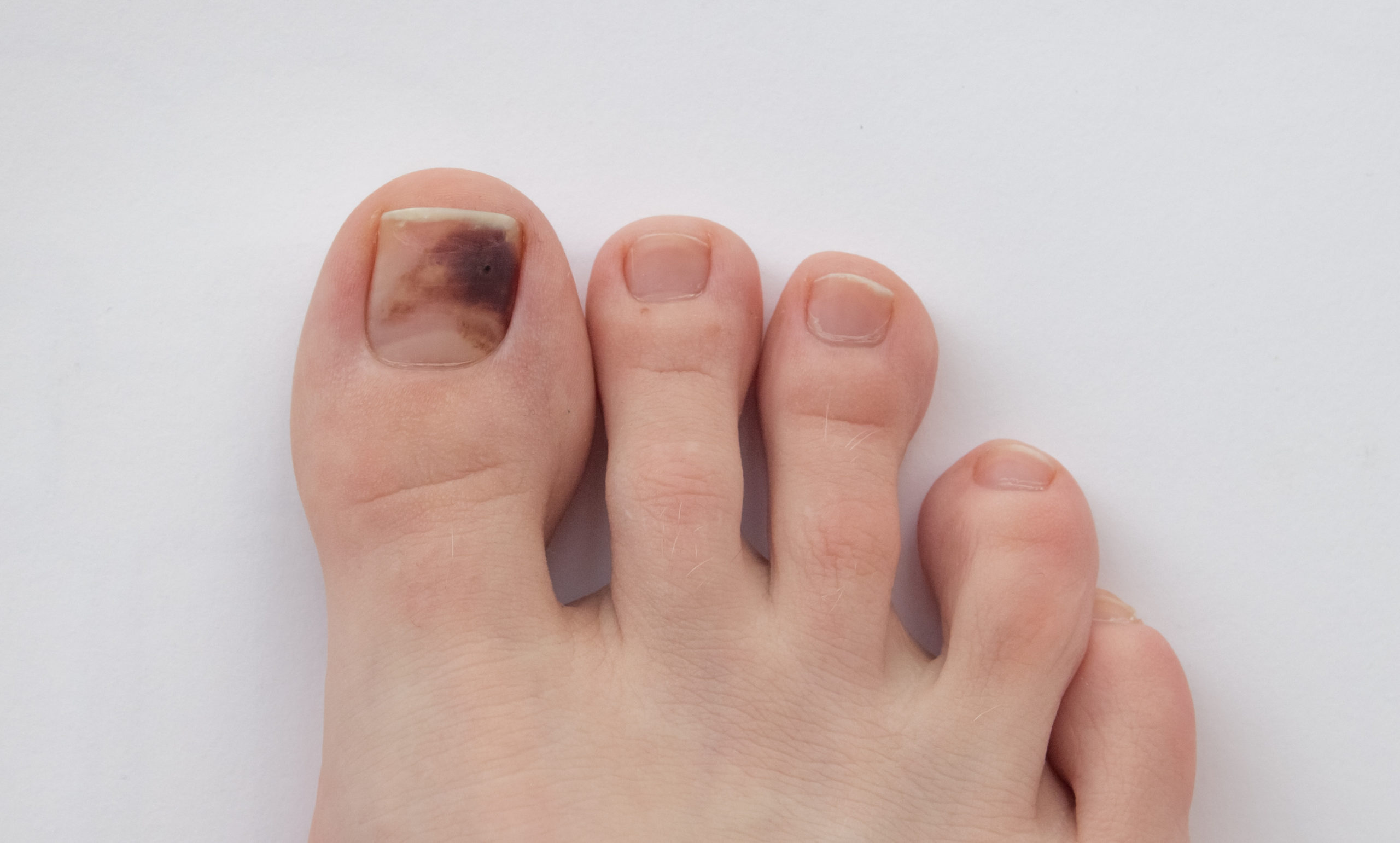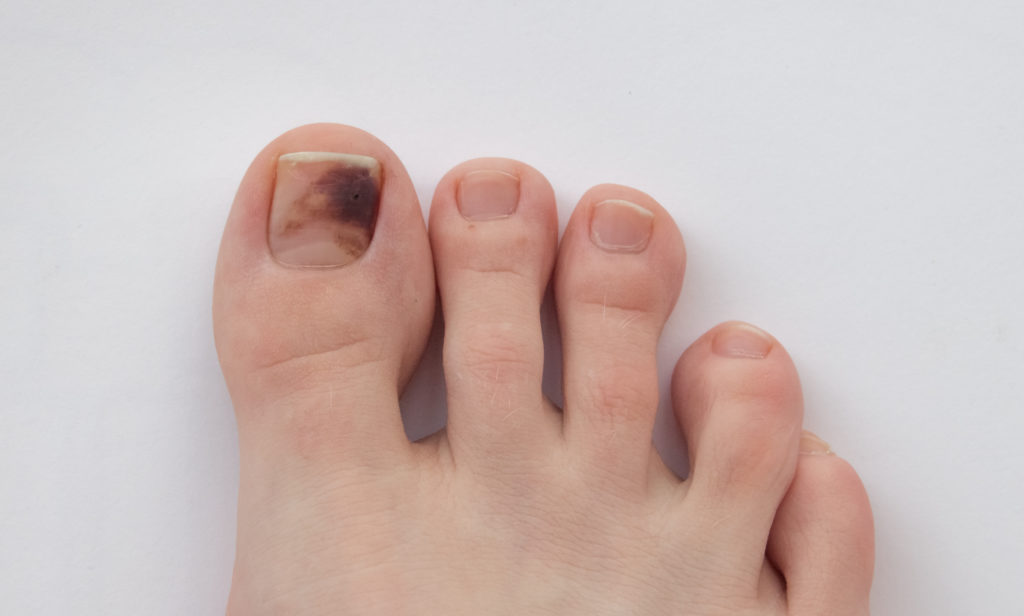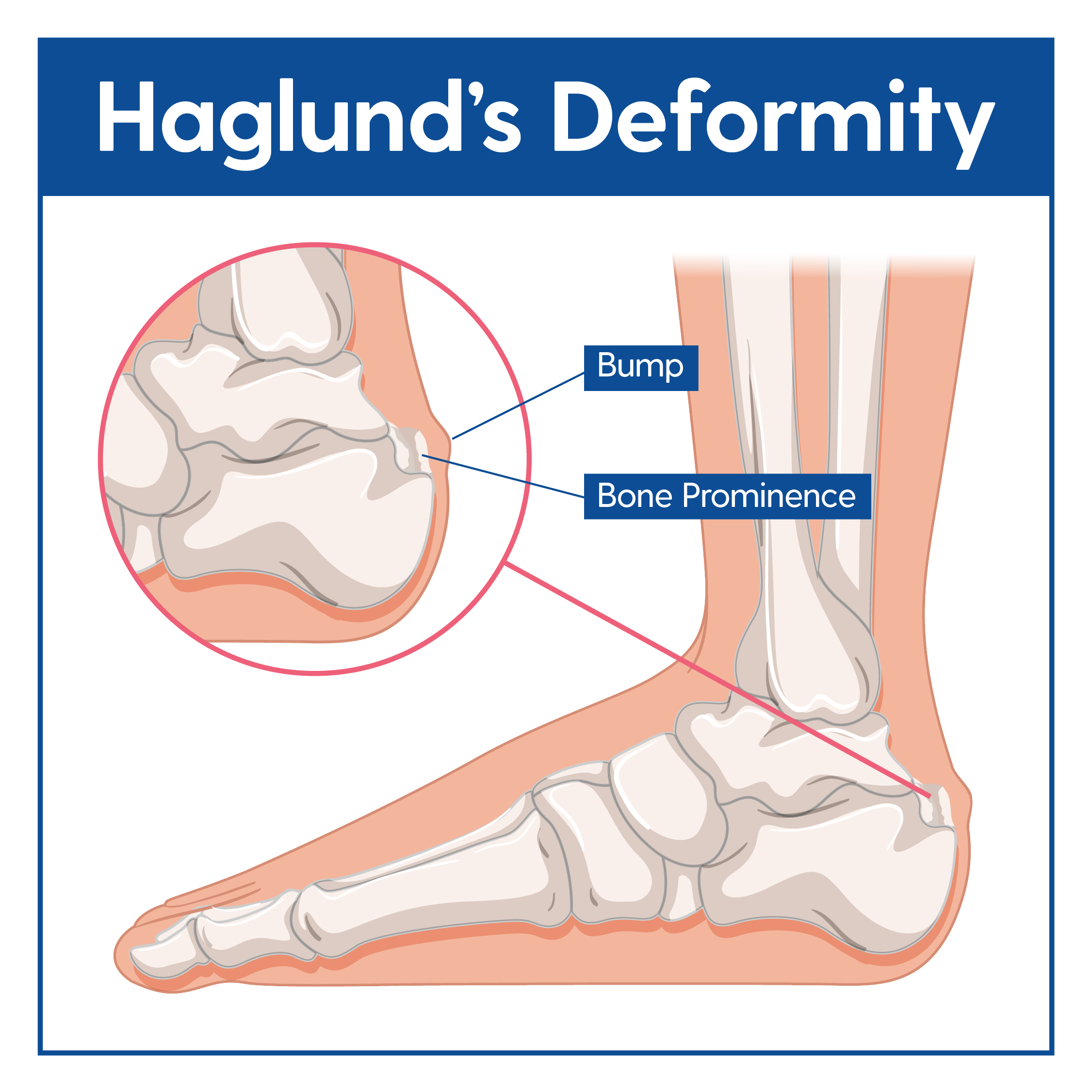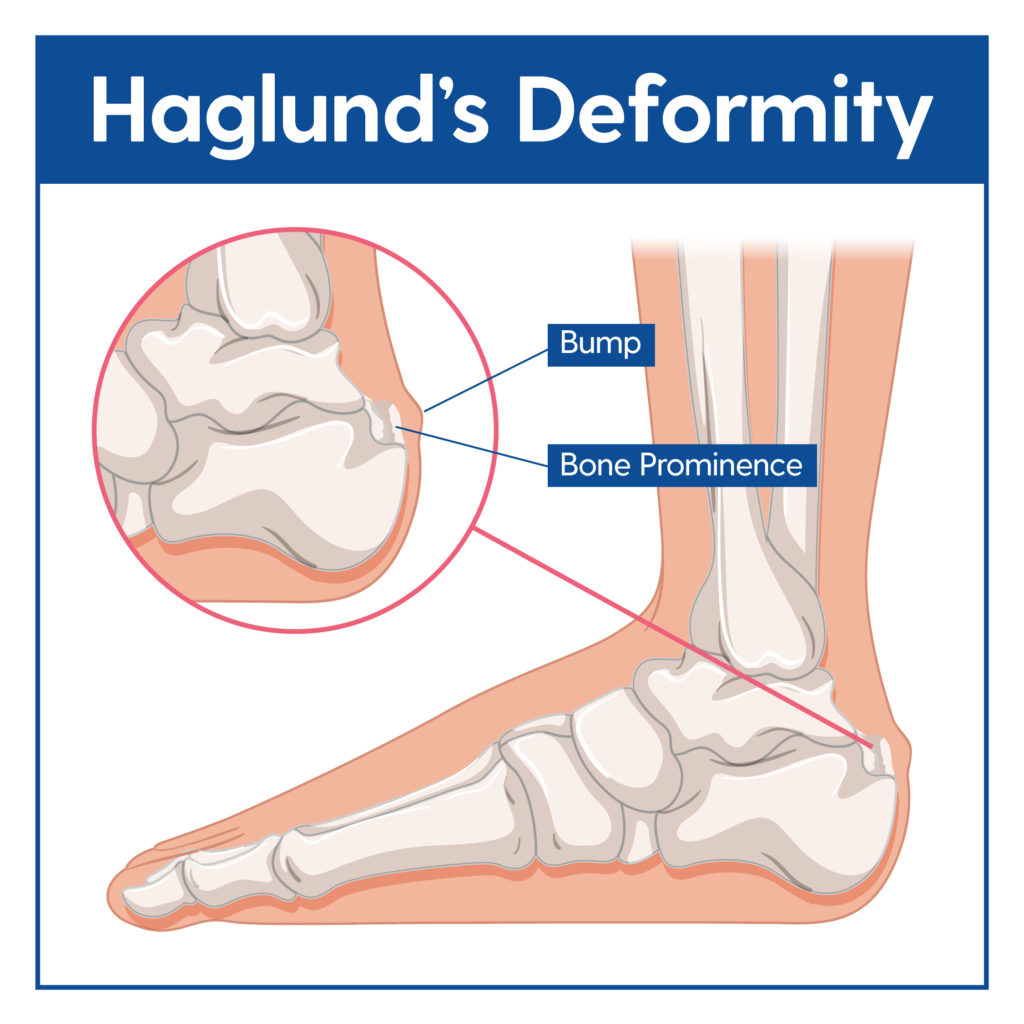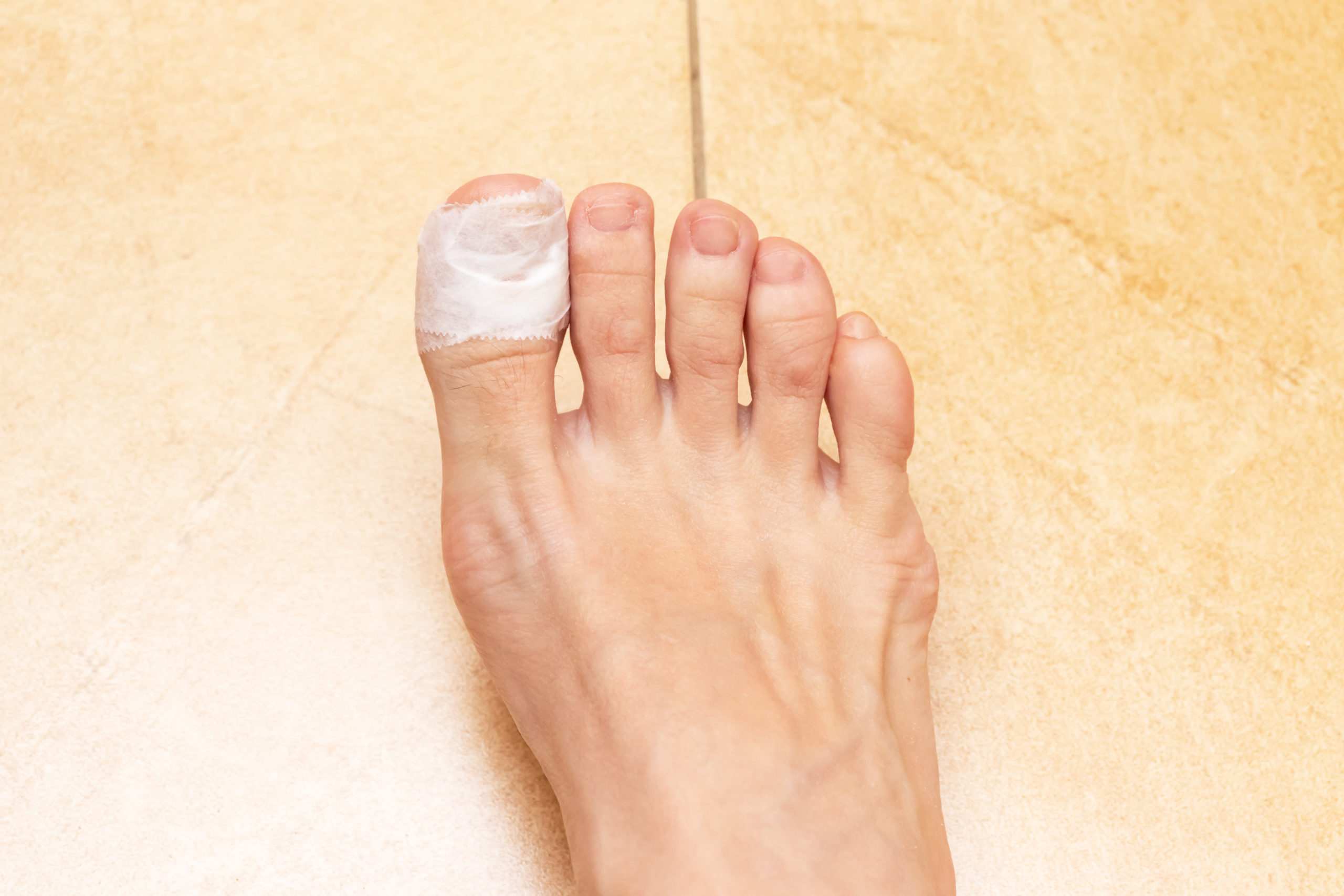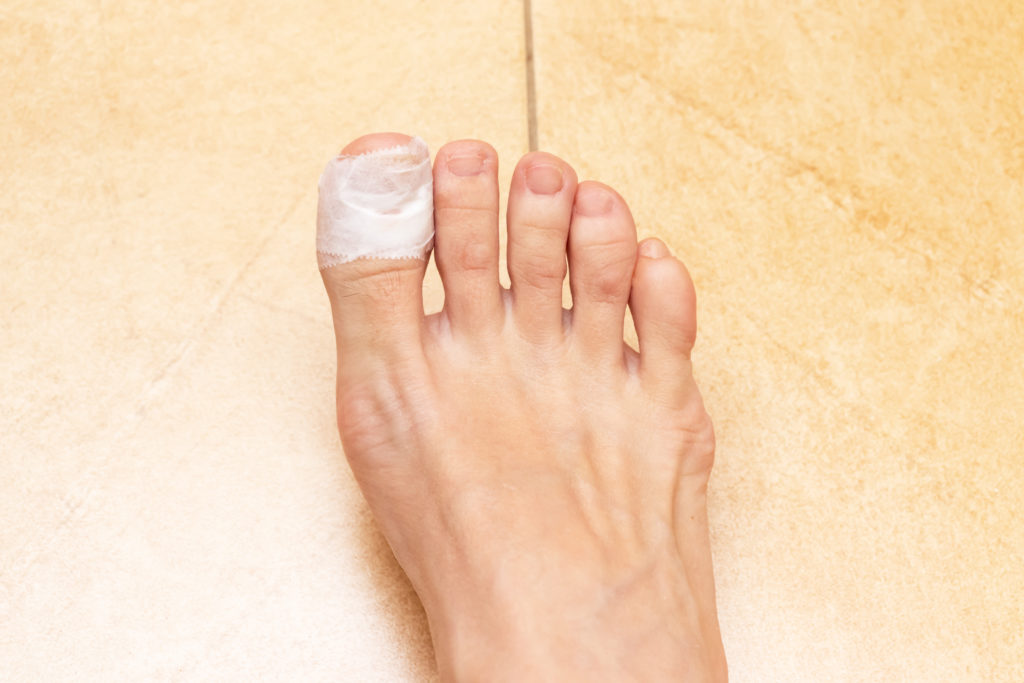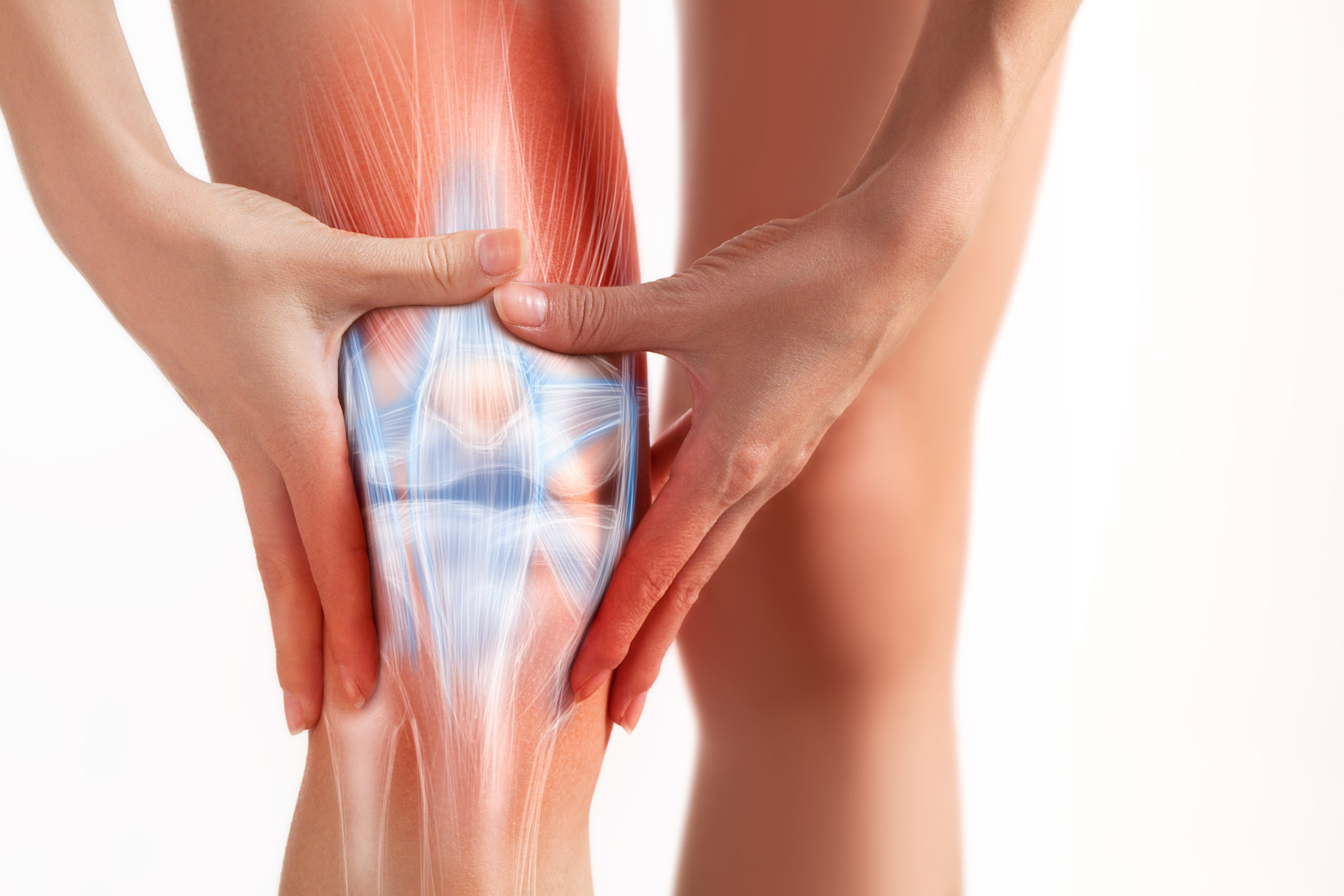
Your knee joint is one of the most complex joints in your body – and takes on an incredible amount of force during movement, even walking transmits two to three times our body weight across the joint.
As such, the knee joint is reinforced by many ligaments (as well as many other tissues) for optimum stability, support and control. When placed under great strain or trauma, these ligaments can become damaged, may partially tear – or may even completely rupture.
What Causes Knee Ligament Injuries?
Excessive force applied to the ligaments, through the knee joint, is the leading cause for injury. Any direct impact or force can do this, like when a soccer ball hits your knee at high speed, or if you’re tackled during a game of rugby and your body is thrust forwards or backwards while your foot is firmly planted on the ground.
This injury will render the ligaments unable to perform their function to keep the knee joint stable and functioning well. It also causes pain, stiffness, swelling, makes it difficult for you to bend the knee and place weight on the knee, and leaves you generally feeling weak and unstable.
There are two sets of ligaments within the knee specifically that we care for here at My FootDr – the collateral ligaments and the cruciate ligaments.
Cruciate Ligaments
Within your knee joint, you have your anterior cruciate ligament (ACL) and the posterior cruciate ligament (PCL). They sit within the joint itself, connected to both ends of the femur (thigh bone) and tibia (shin bone). Instead of just connecting directly above and below one another, these two ligaments cross diagonally within the joint. This means that they prevent the bones from sliding forwards or backwards on one another, keeping the bones within the joint connected and intact.
We see a number of ACL injuries in skiing sports, basketball, soccer and other sports that involve sudden stops/starts and changes in direction. PCL injuries tend to occur more in car accidents where the knee or shin bone hits the dashboard, from falling on the knee while it’s bent or any ball sports where the ball hits the shin bone at speed.
Collateral Ligaments
Unlike the cruciate ligaments that are positioned within the knee, the collateral ligaments are positioned on either side of the knee joint medial collateral ligament (MCL) on the inside and on the outside of the knee lateral collateral ligament (LCL). These flat-banded ligaments also connect to both the thigh and shin bones to add stability to the joint and prevent the joint from moving side-to-side excessively, which may otherwise cause significant damage to the joint and dislocation of the structures.
MCL injuries occur when excess force is applied to the outside of the knee joint, pushing in. This may be from a ball during sports, from a car accident, and in combination with cruciate ligament injury. LCL injuries occur when there is trauma to the inside of the knee, which makes them much less common than MCL injuries as the other leg is often protecting the inside of the knee from direct damage. Still, it is very much possible, and happens in sports like soccer and rugby.
How Are Knee Ligament Injuries Treated?
Ligament injuries must be acted upon immediately to produce the best results, as these injuries can otherwise be difficult to heal and longstanding. When ignored, the injuries can also worsen, with a ligament sprain progressing to a tear or worse.
Your My FootDr podiatrist will start by assessing the extent of the damage and your current symptoms, including which other tissues or ligaments may also be simultaneously damaged, as is often the case in knee ligament injuries.
Our goal is to reduce any strain on the damaged structures and create an ideal environment for healing, while preferably keeping you mobile. This may include the use of bracing, offloading pressure from the knee joint with custom foot orthotics (if alignment issues are causing strain on the ligaments) or ankle-foot-orthotics, using supportive and stabilising footwear. As healing progresses, we will gradually introduce a strengthening, flexibility and knee mobility program.
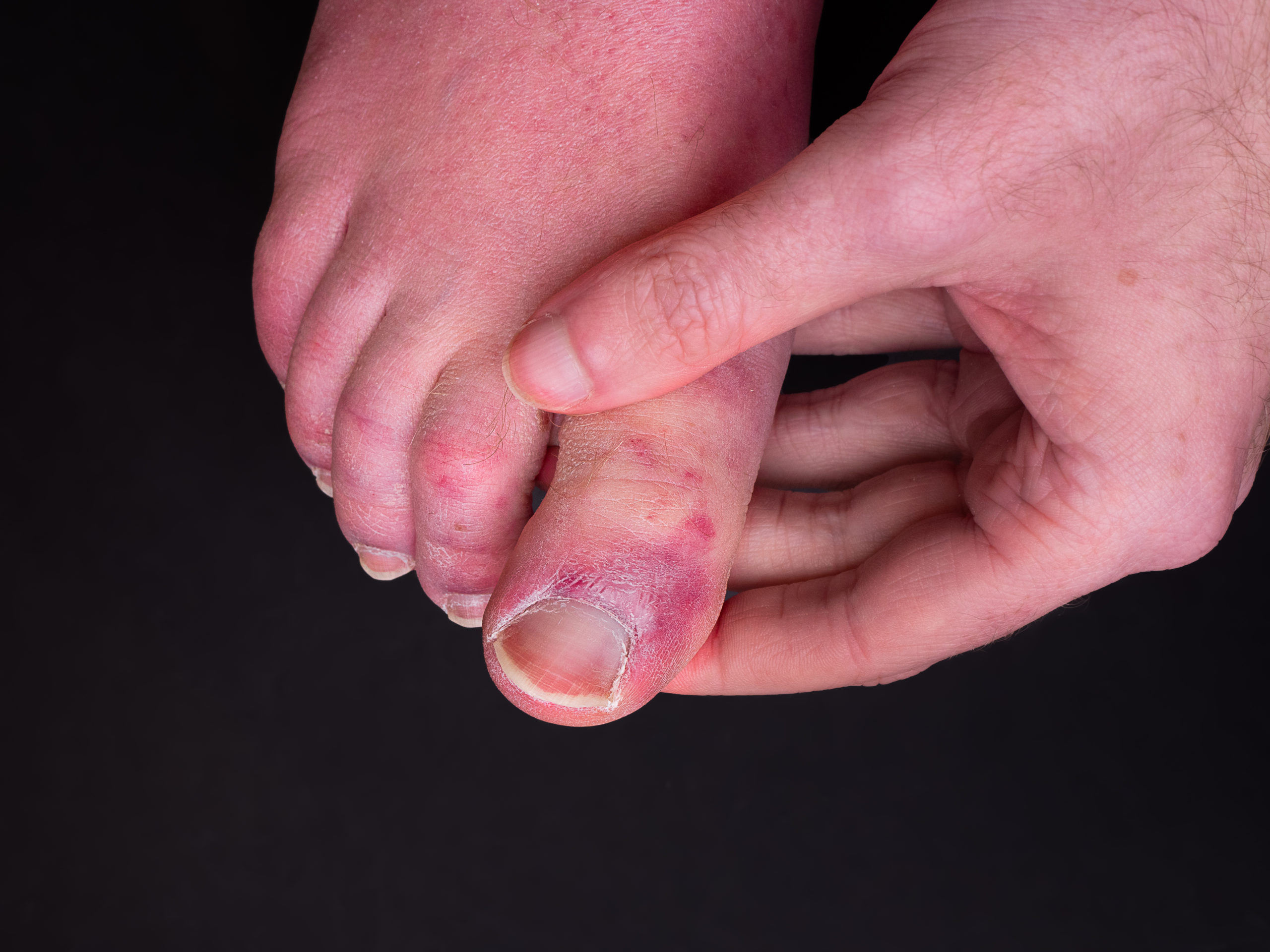
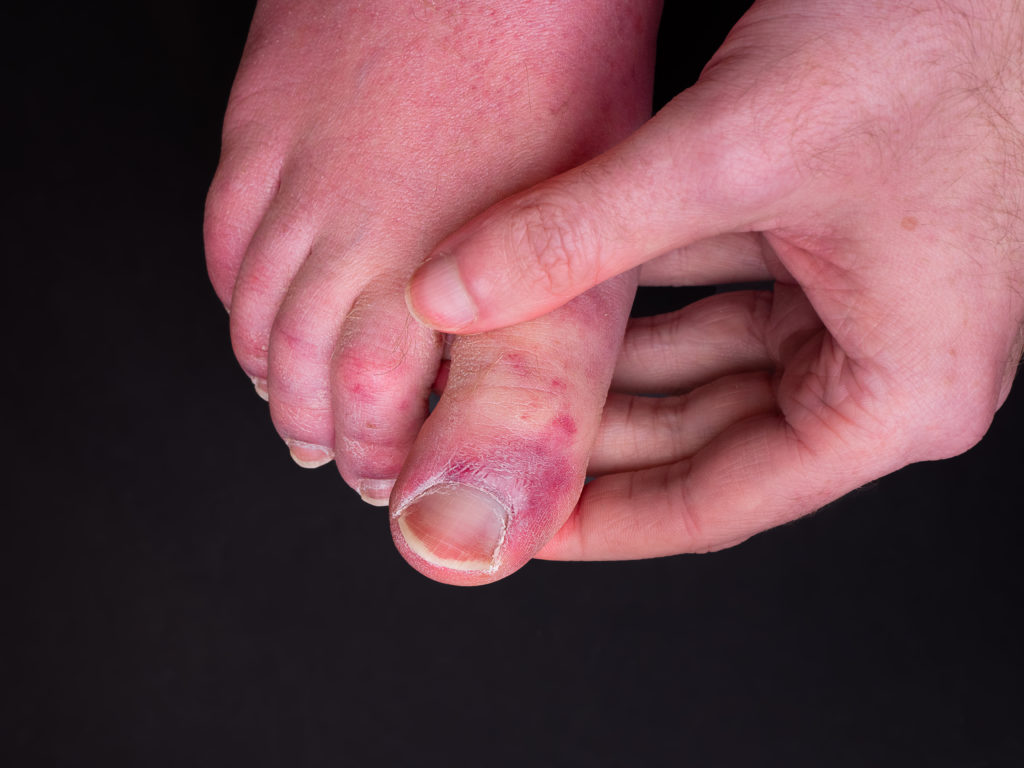


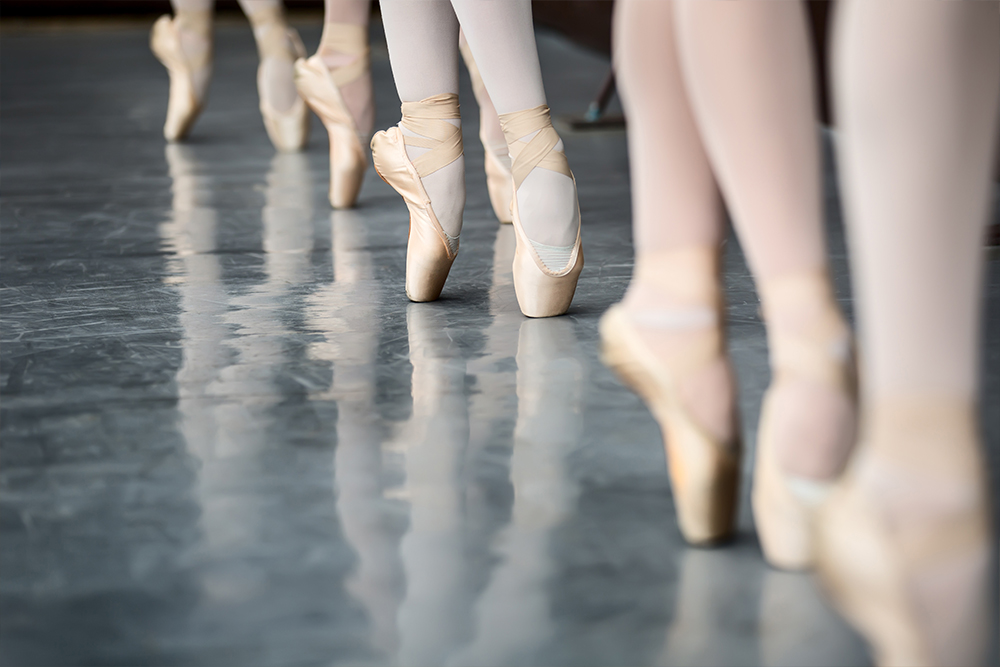
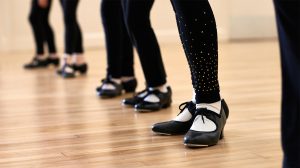
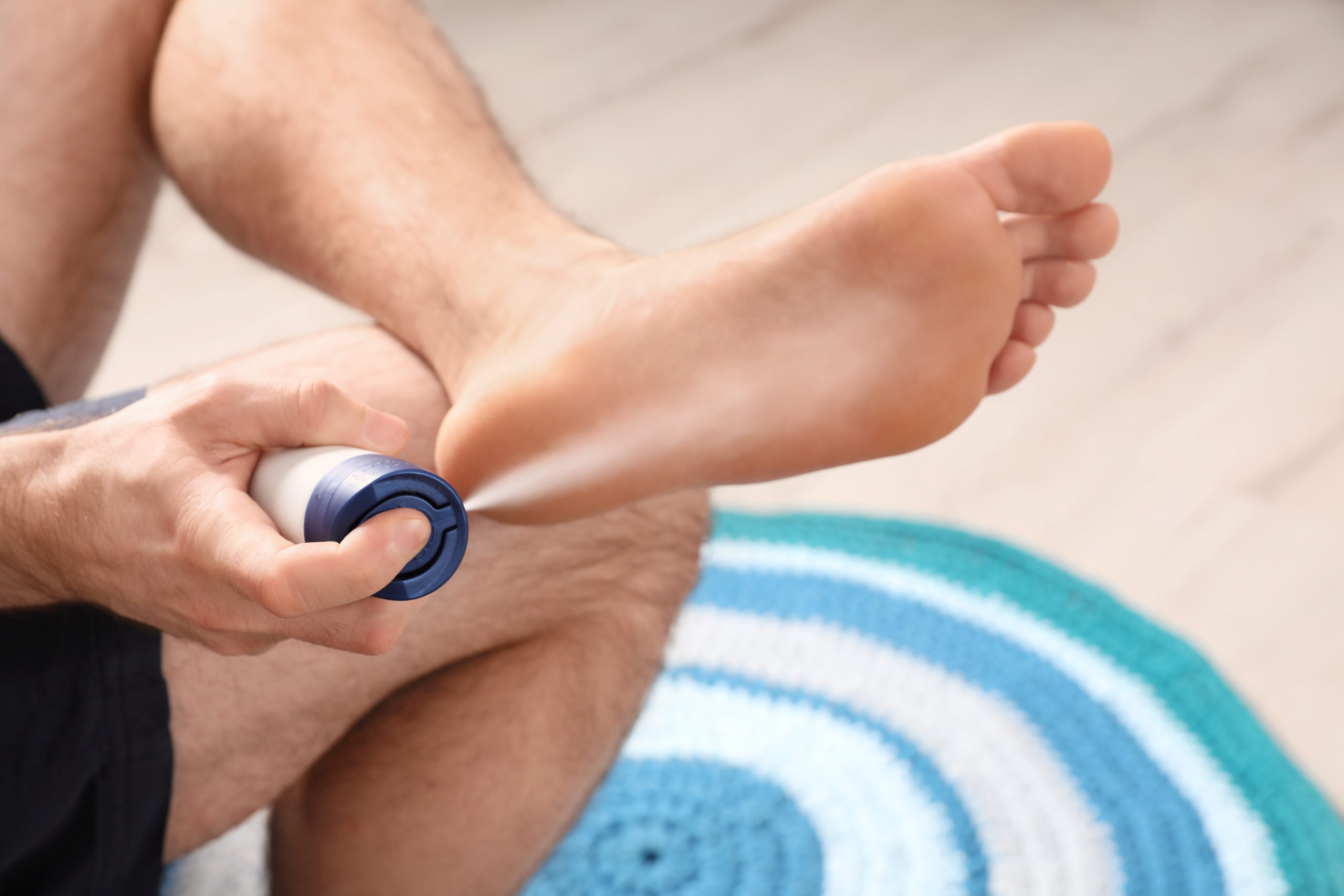
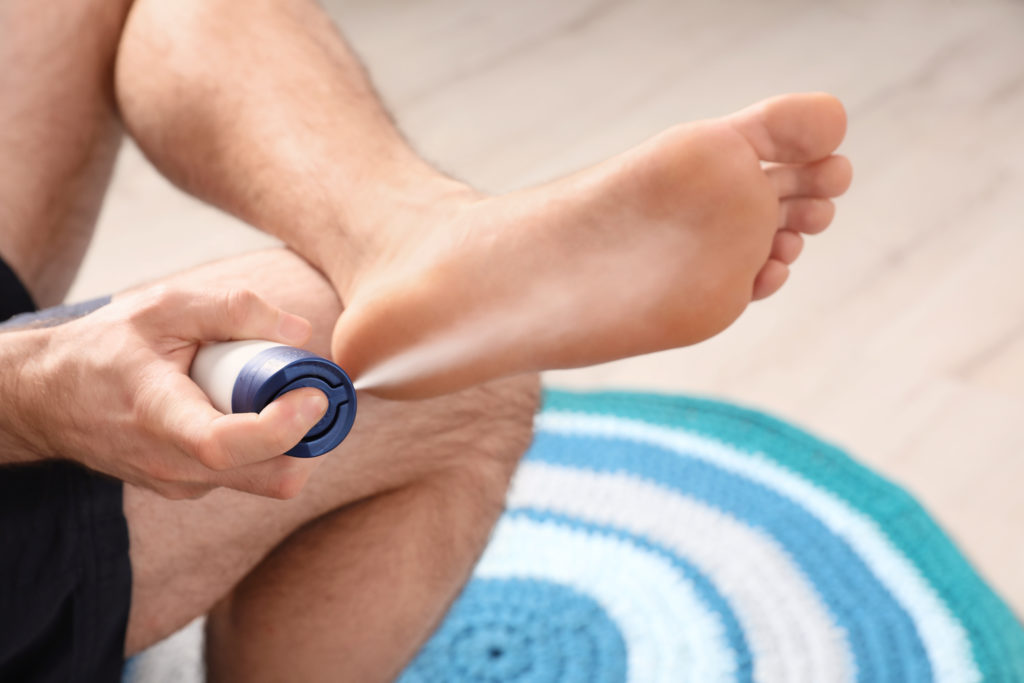

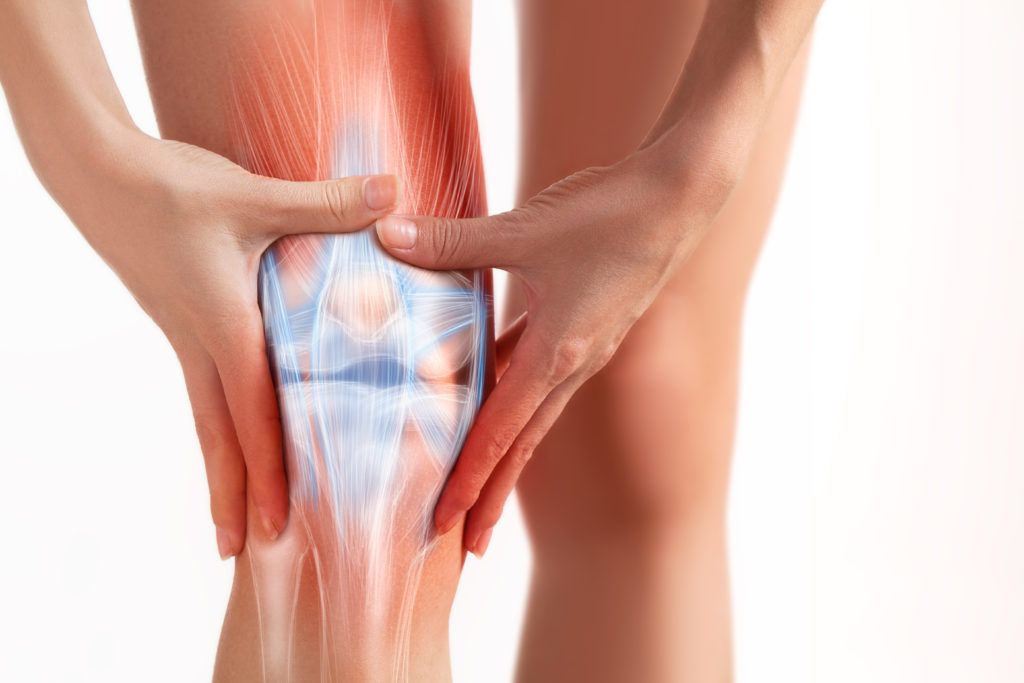
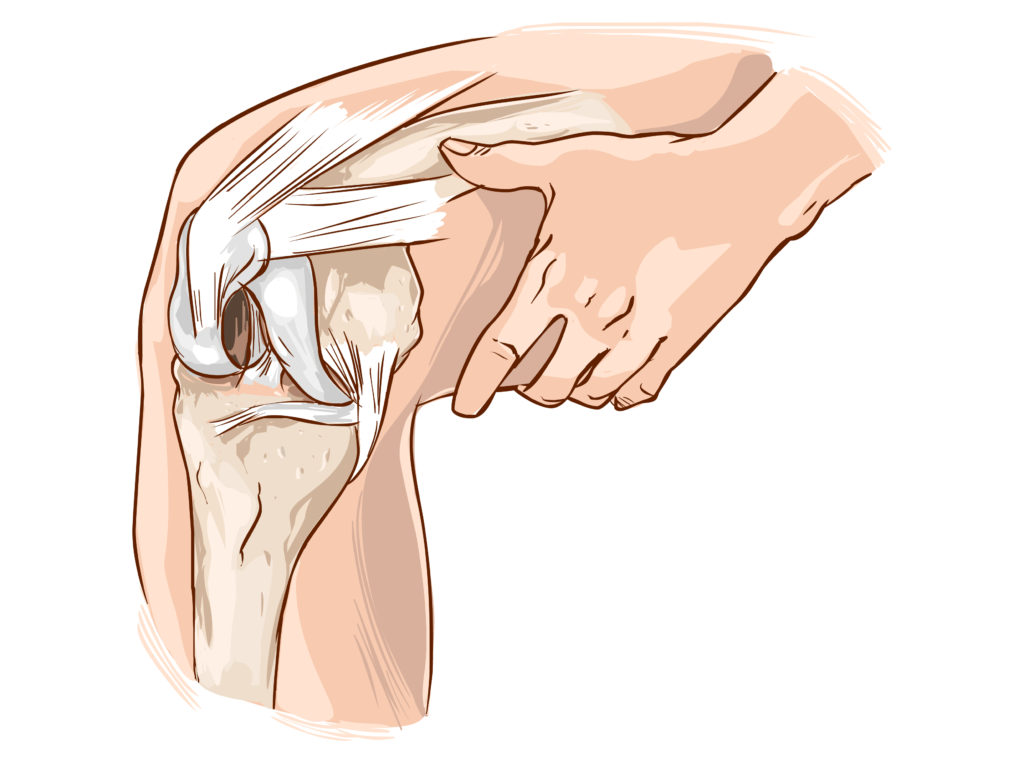
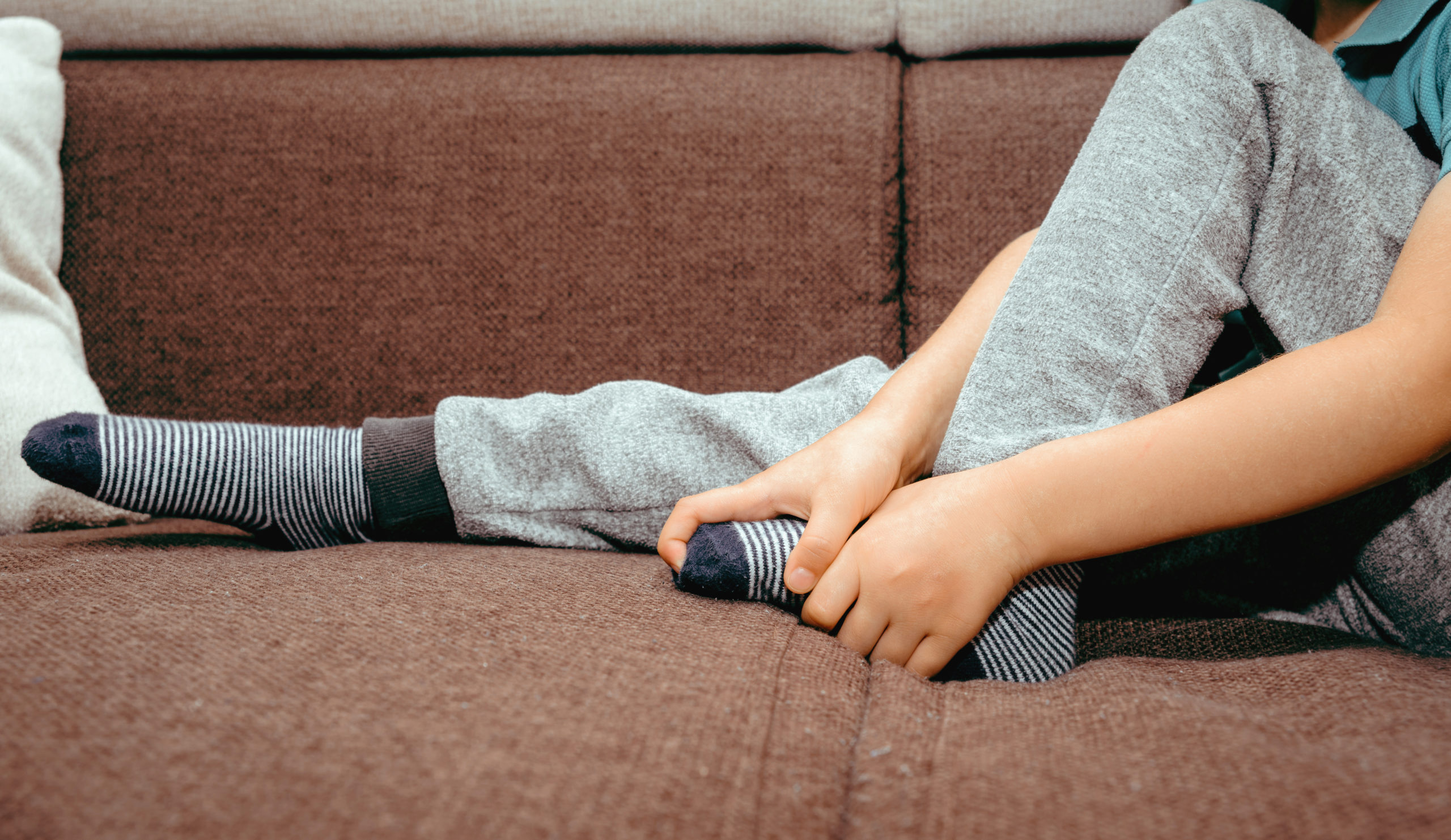
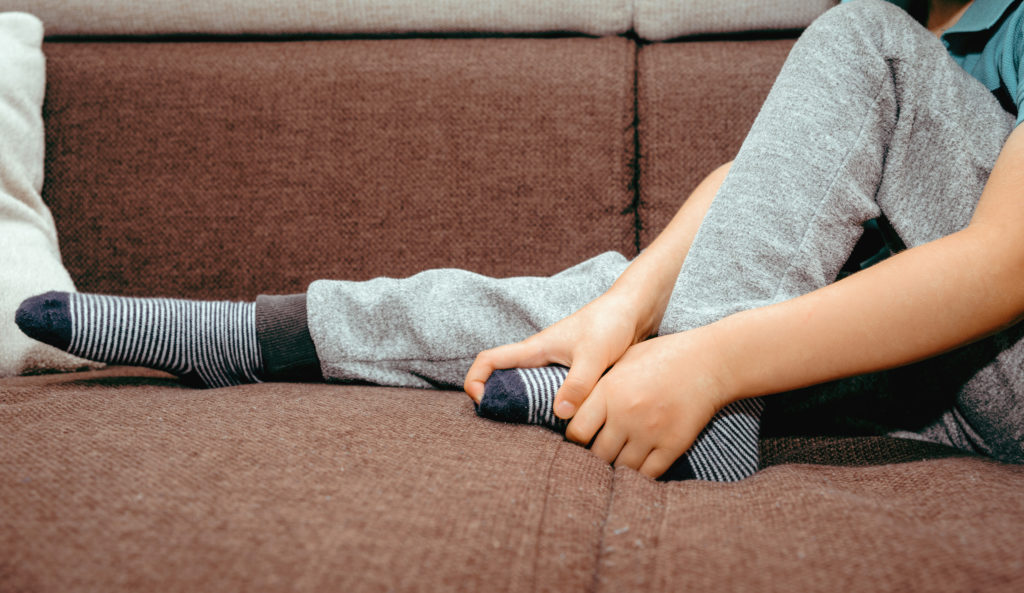
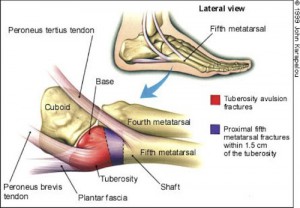
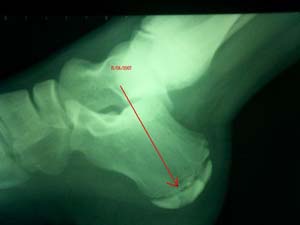


 This ‘Fitness Fortune Teller’ will get the whole family moving!
This ‘Fitness Fortune Teller’ will get the whole family moving!

